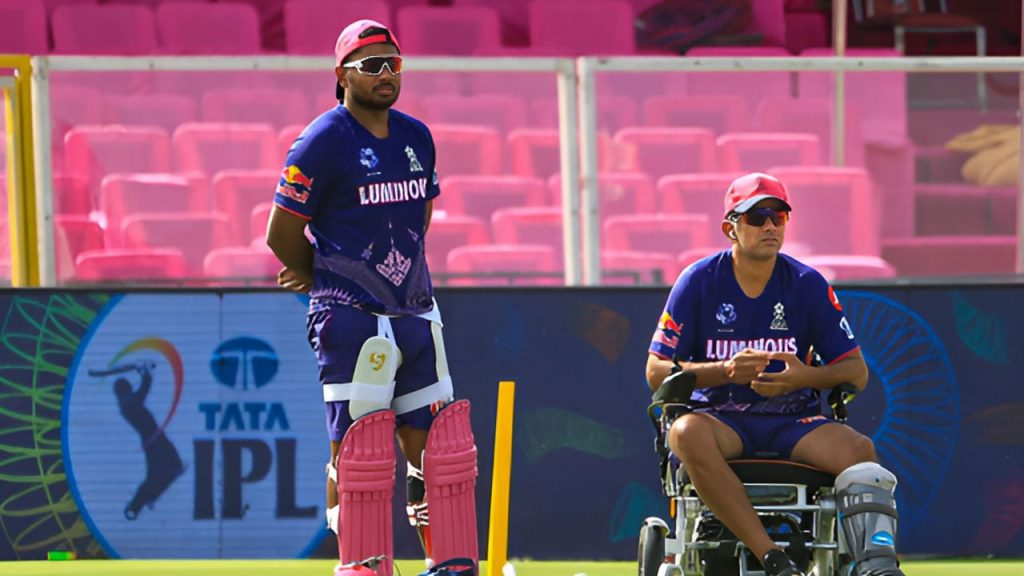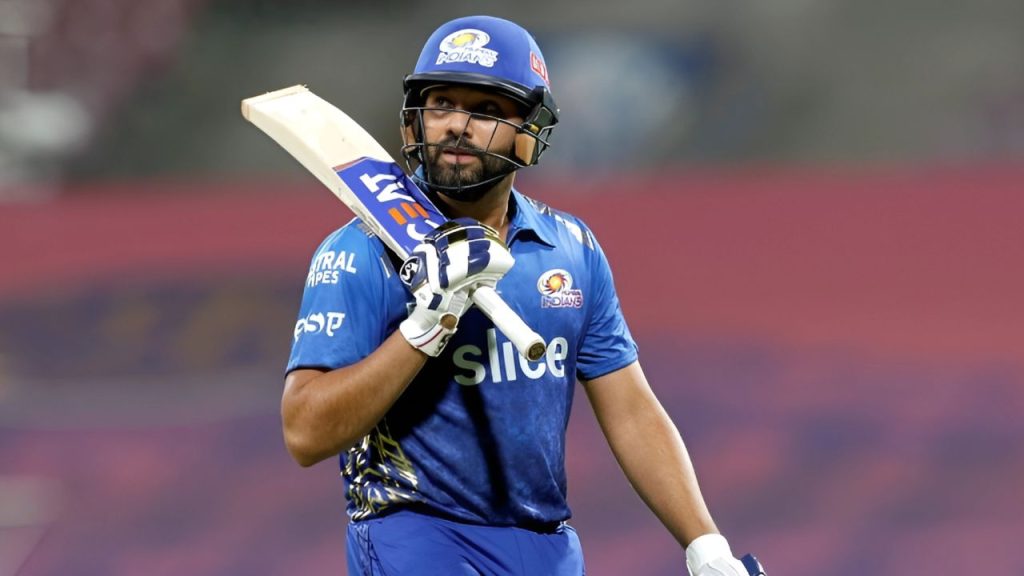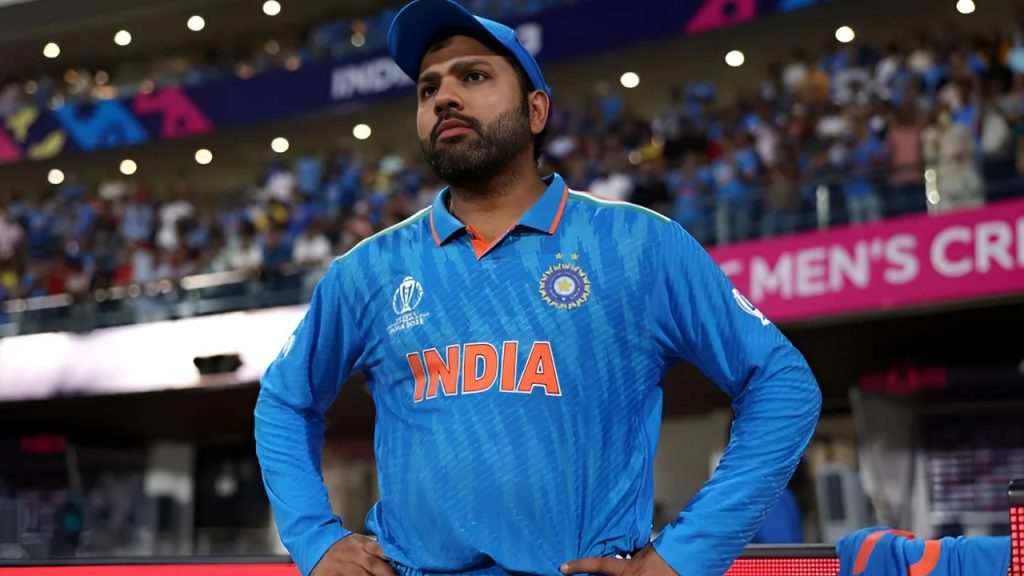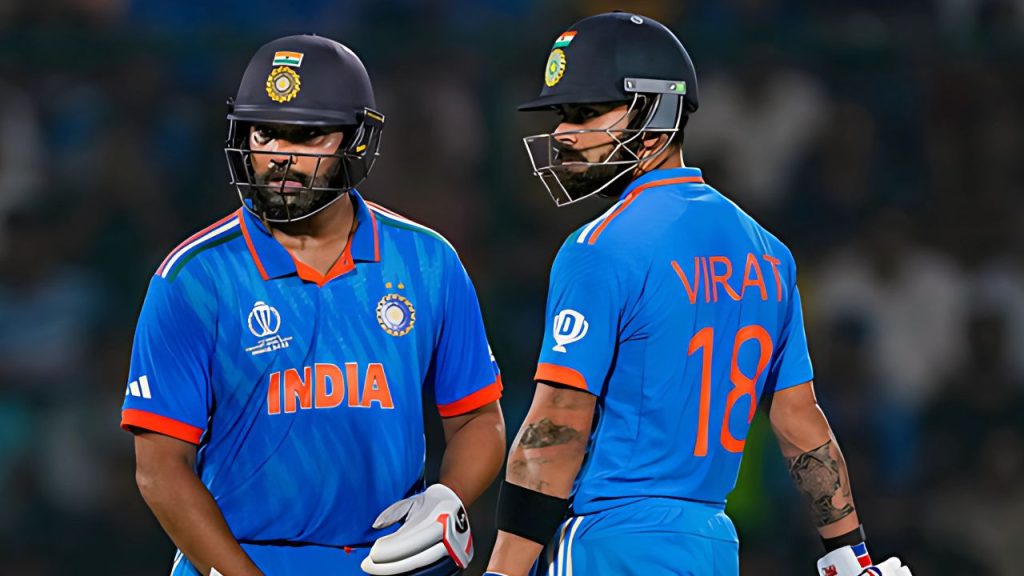India and Australia find themselves in a nail-biting face-off at the world’s largest cricket stadium, the Narendra Modi Stadium in Ahmedabad. The stakes are high, the excitement palpable, as the two cricketing powerhouses clash in the ICC Cricket World Cup 2023 final. The colossal stadium is a sea of blue jerseys, echoing the fervor of millions of fans eagerly anticipating the outcome of this historic match.
As the tension builds, the Australian captain wins the crucial toss and opts to put India in to bat first. This decision sets the stage for a battle of wits and skill on the field. Both teams have decided to stick with the same line-up, showcasing confidence in their chosen players who have brought them to this pinnacle of the tournament.
India has been the standout team in the tournament, securing victory in all 10 games played thus far. Their consistent performance and exceptional teamwork have propelled them to the final, making them the team to beat. The Indian squad, led by their dynamic captain, has showcased a blend of experience and youthful exuberance, leaving spectators in awe of their cricketing prowess.
On the other side of the pitch, Australia faced early challenges but has peaked at the right time. Overcoming initial hiccups, the Australian team has displayed resilience and adaptability, earning their spot in the final.
Here Is What Will Happen If The World Cup 2023 Final Ends In A Tie
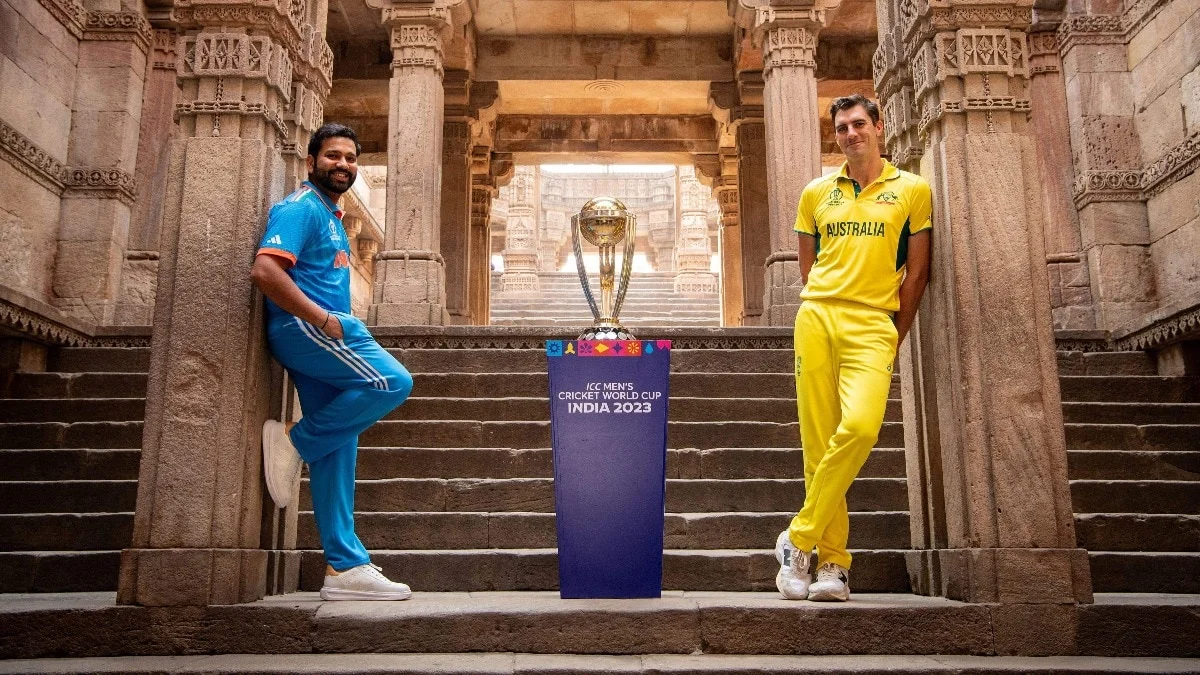
In anticipation of the grand final, the International Cricket Council (ICC) has implemented new rules to ensure a fair and decisive result. A notable change includes the introduction of an additional reserve day (November 20, Monday) in case inclement weather interferes with the scheduled match. This foresight by the ICC aims to guarantee that the cricketing world witnesses a conclusive end to the tournament.
In a departure from the controversial boundary count rule that determined the 2019 World Cup Champions, the ICC has decided to eliminate this tiebreaker. No longer will the number of boundaries scored play a decisive role in determining the winner in a tie. Instead, a super over will be played, and if needed, subsequent rounds of super overs will ensue until a clear victor emerges.
The removal of the boundary count rule places greater emphasis on direct competition, bringing a fair and thrilling dimension to the tournament’s climax.
As cricket fans around the world eagerly await the final showdown, the Narendra Modi Stadium stands as a witness to history in the making. The clash between India and Australia promises not only a display of top-tier cricketing talent but also a narrative of determination, resilience, and the pursuit of glory.


